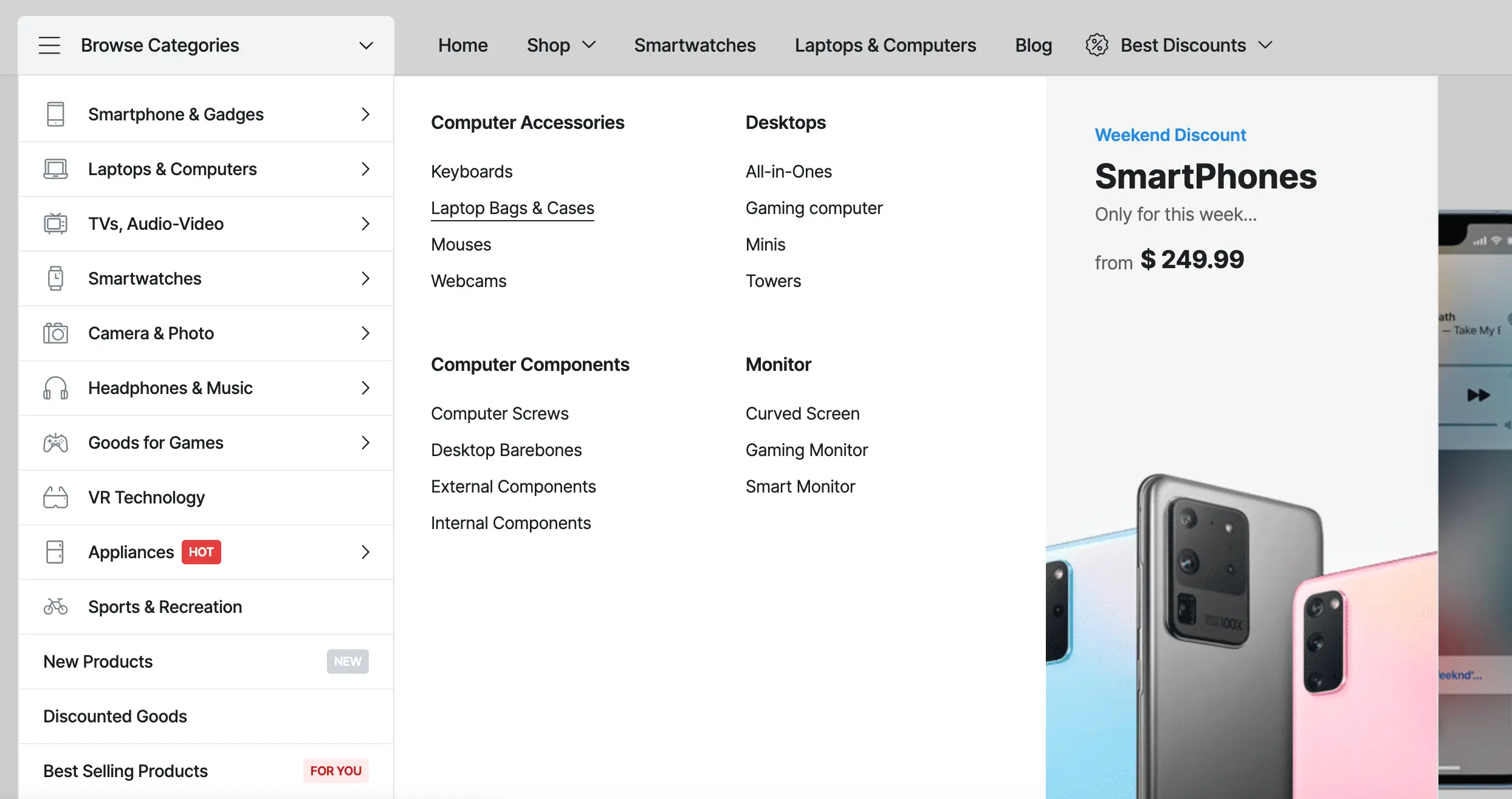WiFi Generations: A Comprehensive Guide to WiFi 5, 6, 7, and 8
WiFi technology has come a long way since its inception, evolving with each generation to meet the growing demands for speed, reliability, and efficiency. This article dives into the features of WiFi 5, WiFi 6, WiFi 7, and the upcoming WiFi 8, providing detailed explanations, examples, a comparison table, and a list of compatible devices for each generation.
WiFi 5 (802.11ac)
WiFi 5, introduced in 2013, marked a significant leap in wireless technology by focusing on the 5 GHz band and bringing faster speeds and better performance compared to its predecessors.
Key Features
- Frequency Band:
- Operates exclusively on the 5 GHz band, reducing interference compared to the 2.4 GHz band.
- Maximum Speed:
- Up to 3.5 Gbps (theoretical).
- Channel Width:
- Supports 20 MHz, 40 MHz, 80 MHz, and 160 MHz channels.
- MU-MIMO:
- Introduced Multi-User MIMO for downlink (4×4), improving performance when multiple devices are connected.
- 256-QAM:
- Enhanced data modulation for faster data transmission.
Use Cases
- Streaming HD content.
- Online gaming.
- Browsing and basic office tasks.
Limitations
- No support for 2.4 GHz, limiting compatibility with older devices.
- Lacks features like OFDMA for efficient multi-device communication.
Compatible Devices
- Smartphones: iPhone 6 and later, Samsung Galaxy S5 and later.
- Laptops: Most models from 2015 onward.
- Routers: TP-Link Archer C7, ASUS RT-AC68U.
WiFi 6 (802.11ax)
WiFi 6, launched in 2019, brought revolutionary improvements in speed, efficiency, and device capacity, making it ideal for modern smart homes and dense environments.
Key Features
- Frequency Bands:
- Operates on both 2.4 GHz and 5 GHz bands.
- Maximum Speed:
- Up to 9.6 Gbps (theoretical).
- OFDMA:
- Orthogonal Frequency Division Multiple Access improves efficiency by splitting channels into smaller sub-channels for multiple devices.
- MU-MIMO:
- Supports uplink and downlink (8×8).
- Target Wake Time (TWT):
- Enhances battery life for IoT devices.
- 1024-QAM:
- Increases data throughput.
Use Cases
- 4K/8K video streaming.
- Cloud gaming (e.g., NVIDIA GeForce NOW).
- IoT device connectivity.
Limitations
- Requires compatible devices to take full advantage of features.
- Slightly higher cost compared to WiFi 5 devices.
Compatible Devices
- Smartphones: iPhone 11 and later, Samsung Galaxy S10 and later.
- Laptops: Dell XPS 13 (2020+), MacBook Pro (2021+).
- Routers: TP-Link Archer AX50, ASUS RT-AX88U.
WiFi 7 (802.11be)
WiFi 7 is the next frontier, expected to launch commercially around 2024-2025. It promises groundbreaking improvements in speed, latency, and multi-device management.
Key Features
- Frequency Bands:
- Operates on 2.4 GHz, 5 GHz, and 6 GHz bands.
- Maximum Speed:
- Up to 46 Gbps (theoretical).
- Channel Width:
- Supports up to 320 MHz channels for unparalleled speed.
- MU-MIMO:
- Enhanced to support 16×16 streams.
- 4096-QAM:
- Boosts data throughput significantly.
- Multi-Link Operation (MLO):
- Aggregates multiple frequency bands for seamless performance.
Use Cases
- AR/VR applications.
- 8K/16K video streaming.
- AI and IoT-heavy environments.
Limitations
- High cost due to advanced technology.
- Limited availability during the early stages of deployment.
Compatible Devices
- Expected in 2025: High-end smartphones, laptops, and smart TVs.
- Routers: ASUS ROG Rapture GT-BE98 (pre-release), TP-Link Archer BE900.
WiFi 8 (802.11bn)
WiFi 8 is still in the conceptual stage, with potential deployment expected after 2030. It aims to revolutionize wireless communication with even higher speeds, lower latency, and improved AI integration.
Speculative Features
- AI Integration:
- Intelligent network optimization for dynamic environments.
- Maximum Speed:
- Speculated speeds exceeding 100 Gbps.
- Quantum Encryption:
- Enhanced security for next-generation cyber threats.
- Energy Efficiency:
- Designed to power ultra-low-energy IoT devices.
Use Cases
- Holographic communications.
- Real-time remote surgeries.
- Smart cities and autonomous vehicles.
Comparison Table
| Feature | WiFi 5 (802.11ac) | WiFi 6 (802.11ax) | WiFi 7 (802.11be) | WiFi 8 (802.11bn) (speculative) |
|---|---|---|---|---|
| Frequency Bands | 5 GHz | 2.4 GHz, 5 GHz | 2.4 GHz, 5 GHz, 6 GHz | All bands + new technologies |
| Max Speed | Up to 3.5 Gbps | Up to 9.6 Gbps | Up to 46 Gbps | > 100 Gbps |
| Channel Width | Up to 160 MHz | Up to 160 MHz | Up to 320 MHz | Beyond 320 MHz |
| OFDMA Support | No | Yes | Yes | Advanced OFDMA |
| MU-MIMO | Downlink only | Uplink + Downlink | Enhanced (16×16) | Advanced Multi-Link |
| QAM (Modulation) | 256-QAM | 1024-QAM | 4096-QAM | Advanced Modulation |
| Use Case Focus | Streaming, Gaming | IoT, Dense Networks | AR/VR, 8K+ Streaming | Holograms, Autonomous Systems |
Conclusion
Each WiFi generation has built on its predecessor, addressing the demands of its time while setting the stage for future innovations.
- WiFi 5: Best for basic home setups with moderate-speed needs.
- WiFi 6: Ideal for modern households and small businesses with multiple devices.
- WiFi 7: The ultimate solution for high-performance, future-proof networks.
- WiFi 8: A glimpse into a futuristic world of wireless technology.
As technology advances, understanding the differences between these generations ensures you choose the right solution for your needs.
Related Articles
If you enjoyed reading this, then please explore our other articles below:
More Articles
If you enjoyed reading this, then please explore our other articles below:






















 2019-2025 ©
2019-2025 ©